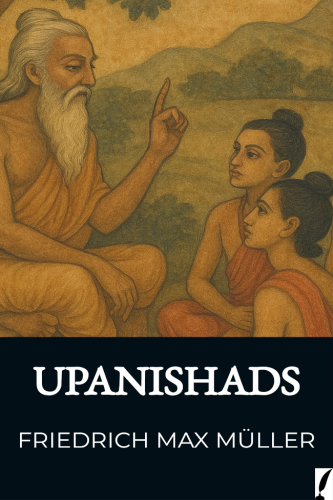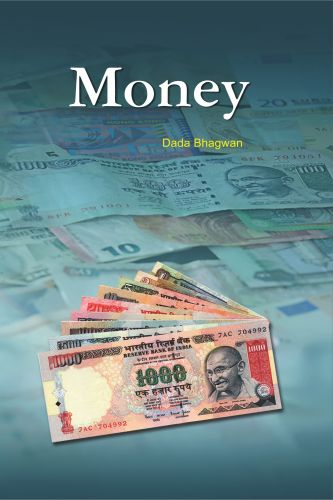Categories
- Antiques & Collectibles 13
- Architecture 36
- Art 48
- Bibles 22
- Biography & Autobiography 813
- Body, Mind & Spirit 142
- Business & Economics 28
- Children's Books 17
- Children's Fiction 14
- Computers 4
- Cooking 94
- Crafts & Hobbies 4
- Drama 346
- Education 46
- Family & Relationships 57
- Fiction 11829
- Games 19
- Gardening 17
- Health & Fitness 34
- History 1377
- House & Home 1
- Humor 147
- Juvenile Fiction 1873
- Juvenile Nonfiction 202
- Language Arts & Disciplines 88
- Law 16
- Literary Collections 686
- Literary Criticism 179
- Mathematics 13
- Medical 41
- Music 40
- Nature 179
- Non-Classifiable 1768
- Performing Arts 7
- Periodicals 1453
- Philosophy 64
- Photography 2
- Poetry 896
- Political Science 203
- Psychology 42
- Reference 154
- Religion 513
- Science 126
- Self-Help 84
- Social Science 81
- Sports & Recreation 34
- Study Aids 3
- Technology & Engineering 59
- Transportation 23
- Travel 463
- True Crime 29
Upanishads
Categories:
Description:
We are honoured to publish Friedrich Max Müller's translation of the Upanishads as a free EPUB edition. This translation was originally published in 1900 as part of the Sacred Books of the East series, which is now in the public domain.
The Upanishads are the heart of Hinduism. These texts are not only the concluding parts of the holy Vedas but also their philosophical culmination. Vedānta philosophy—one of the six orthodox schools of Hindu philosophy—is founded upon these profound writings.
The Upanishads were first translated into Persian in 1657 by the wise Mughal prince Dara Shukoh, the legitimate heir to Shah Jahan. That Persian version was later rendered into Latin by Anquetil Duperron, marking the first point of contact between Western readers and these sacred texts.
In preparing this EPUB edition, we have made a few editorial decisions to enhance accessibility for general readers:
1. Footnotes removed: The original edition contains extensive footnotes, valuable for scholars but potentially daunting for casual readers. We have removed them for readability.
2. Aitareya Upanishad only: The Aitareya Upanishad is part of the larger Aitareya Āraṇyaka. The original edition includes the full Āraṇyaka; in this edition, we have retained only the Upanishad portion.
3. Simplified titles: In some cases, we have used more familiar or abbreviated names. For example, the “Vajasaneyi-Samhitā-Upanishad” is presented here as the “Isha Upanishad”.
4. Reordered by length: We have arranged the Upanishads by length—from the shortest to the longest—to encourage a gradual immersion into the text.
5. Navigable structure: The Upanishads have been divided into sections and subsections for easier navigation, with these divisions reflected in the table of contents.
6. Introductory material omitted: The original edition includes lengthy introductions for each Upanishad as well as a general introduction. We have omitted these to keep the focus on the primary texts. Interested readers may consult the original edition if they wish.
Finally, it is worth noting that there are thirteen principal Upanishads, of which Max Müller translated twelve. The Māṇḍūkya Upanishad, the shortest of them, consisting of just twelve verses, was not included in his edition. Yet it is a text of great importance. Gauḍapāda, the paramaguru (teacher’s teacher) of Śaṅkarācārya, composed a kārikā (commentary) on this Upanishad, and it remains one of the foundational scriptures of Advaita Vedānta. For the sake of completeness, we have included an English translation of the Māṇḍūkya Upanishad in the appendix. This translation is by Robert Ernest Hume, taken from his public domain work The Thirteen Principal Upanishads.
All these adaptations were made to make the text more approachable for the modern reader—without altering the primary content of the Upanishads. We sincerely hope our efforts will make this edition more accessible and meaningful for a new generation of seekers.












